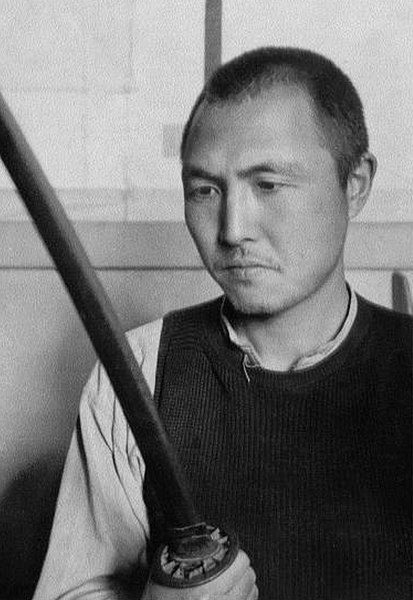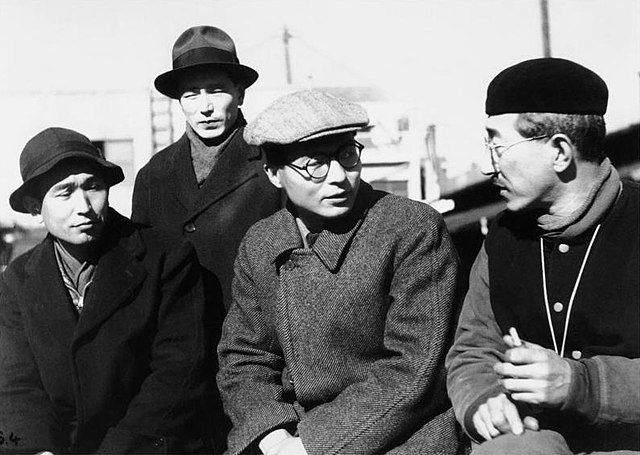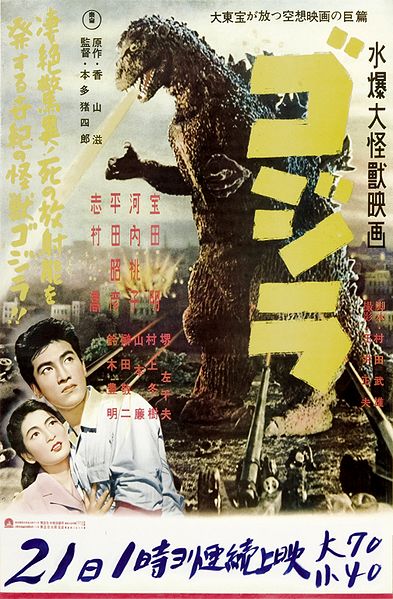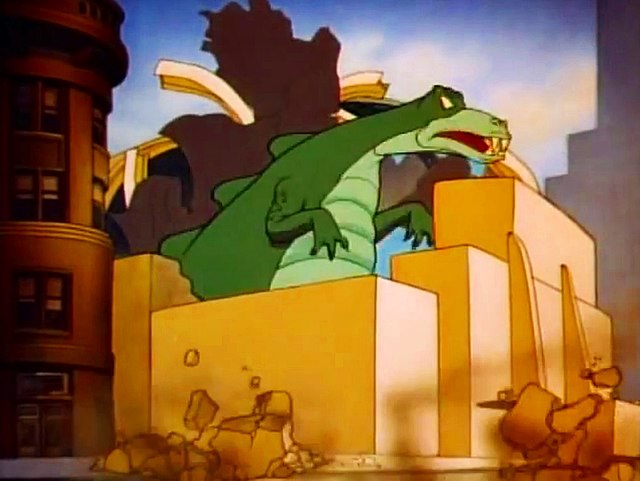Ishirō Honda was a Japanese filmmaker who directed 46 feature films in a career spanning five decades. He is acknowledged as the most internationally successful Japanese filmmaker prior to Hayao Miyazaki and one of the founders of modern disaster film, with his films having a significant influence on the film industry. Despite directing many drama, war, documentary, and comedy films, Honda is best remembered for directing and co-creating the kaiju genre with special effects director Eiji Tsuburaya.
Honda at the National Museum of Nature and Science during the filming of Frankenstein vs. Baragon
Honda practicing Kendo in the late 1920s
Honda stationed in China during the late 1930s
From the left: Akira Kurosawa, Honda, and Senkichi Taniguchi with their mentor Kajirō Yamamoto, late 1930s
Kaiju is a Japanese term that is commonly associated with media involving giant monsters. A subgenre of science fiction, it was created by Eiji Tsuburaya and Ishirō Honda. The term can also refer to the giant monsters themselves, which are usually depicted attacking major cities and battling either the military or other monsters.
Poster for Godzilla (1954), widely considered the first official kaiju film
King Kong (1933) was a major influence on the Japanese kaiju genre.
The Arctic Giant (1942) is one of pioneering productions to depict Godzilla-esque characters to attack a modern civilization.
The Gamera franchise played a significant role in forming kaiju genre along with the Godzilla franchise.








